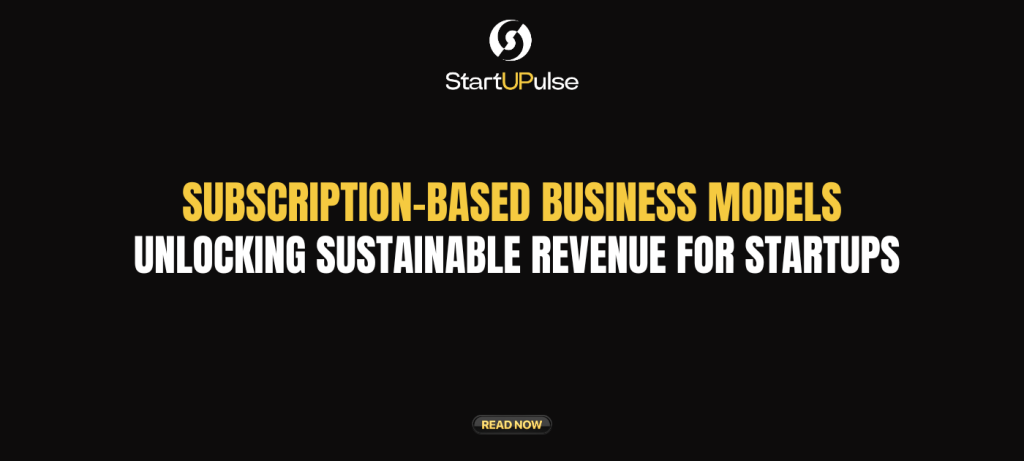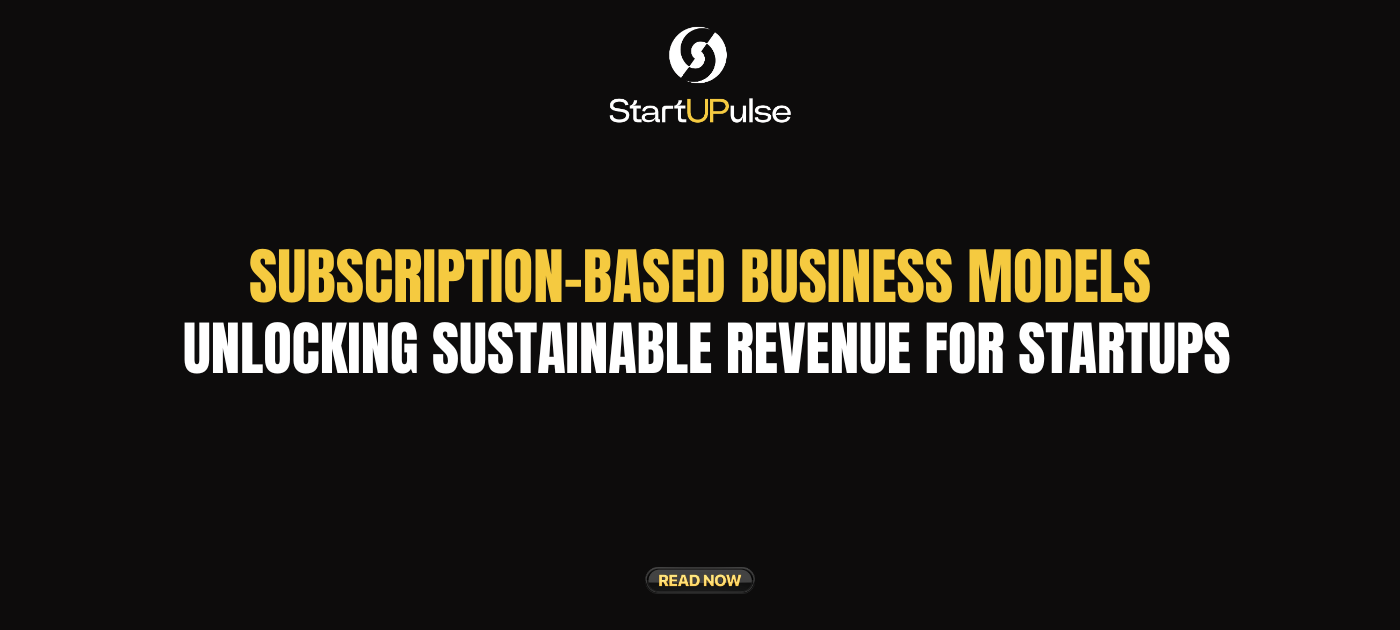
In recent years, subscription-based business models have gained immense popularity across various industries. From software services to streaming platforms, businesses are leveraging subscriptions to create sustainable revenue streams and foster customer loyalty. For startups, adopting this model can be a game-changer, providing predictable income while building a strong customer base.
What Are Subscription-Based Business Models?
A subscription-based business model allows customers to pay a recurring fee—monthly, quarterly, or annually—in exchange for access to a product or service. This model contrasts with traditional one-time purchase methods, focusing instead on long-term relationships with customers.
The Benefits of Subscription-Based Models
- Predictable Revenue Streams
One of the most significant advantages of subscription-based models is the predictability of revenue. Businesses can forecast income more accurately, allowing for better budgeting and planning. This stability is especially beneficial for startups, which often face financial uncertainty in their early stages. - Enhanced Customer Loyalty
Subscription models encourage ongoing relationships with customers. By providing consistent value through regular updates, new content, or personalized services, businesses can enhance customer loyalty and retention rates. Happy customers are more likely to remain subscribed and even refer others, creating a self-sustaining growth cycle. - Lower Customer Acquisition Costs
While initial marketing efforts may be needed to attract customers, subscription models can reduce long-term acquisition costs. With a loyal customer base, businesses spend less on marketing for repeat customers compared to constantly acquiring new clients. - Flexibility and Scalability
Subscription models can be easily scaled as a business grows. Startups can start with a basic offering and gradually introduce tiers or additional features based on customer feedback and demand. This flexibility allows for adjustments without disrupting the entire business model.
Successful Examples of Subscription-Based Models
- Netflix
Netflix revolutionized the entertainment industry by offering a subscription-based streaming service. By providing unlimited access to a vast library of movies and TV shows for a monthly fee, they transformed how consumers consume media, creating a loyal subscriber base that continues to grow. - Adobe Creative Cloud
Adobe shifted from traditional software sales to a subscription model with Adobe Creative Cloud. This change allows users to access the latest design tools and updates without the need for large upfront costs, while also providing Adobe with predictable, recurring revenue. - Dollar Shave Club
Dollar Shave Club disrupted the shaving industry with its subscription service, delivering razors and grooming products directly to customers’ doors. By focusing on convenience and affordability, they gained a significant market share and were eventually acquired by Unilever for $1 billion. - Spotify
Spotify’s freemium model offers users access to a vast music library for free with ads or through a paid subscription for an ad-free experience. This model has enabled Spotify to capture a massive audience and create a loyal subscriber base.
Challenges of Subscription-Based Models
While subscription-based models offer numerous advantages, they also come with challenges:
- Churn Rates: Retaining subscribers can be challenging. Businesses must continuously deliver value to keep customers engaged and satisfied.
- Market Saturation: As more companies adopt subscription models, competition can intensify. Differentiating offerings and providing unique value becomes crucial.
- Initial Investment: Startups may need to invest significantly in marketing, product development, and customer support to establish a successful subscription model.
Best Practices for Implementing a Subscription-Based Model
- Understand Your Market
Conduct thorough market research to identify customer needs and preferences. Understand what drives them to subscribe and what factors may lead them to cancel. - Offer Multiple Pricing Tiers
Provide different subscription tiers to cater to various customer segments. This flexibility can help attract a broader audience and maximize revenue potential. - Deliver Consistent Value
Regularly update your offerings, whether through new content, features, or personalized services. Consistently providing value is essential for reducing churn. - Implement Feedback Loops
Encourage customer feedback and use it to improve your offerings. Engaging with customers shows that you value their opinions and are committed to enhancing their experience. - Focus on Customer Support
Provide excellent customer support to address any issues promptly. A positive customer experience can significantly influence retention rates.
Conclusion
Subscription-based business models present a unique opportunity for startups to establish sustainable revenue streams and foster customer loyalty. By focusing on delivering consistent value, understanding market needs, and adapting to customer feedback, businesses can thrive in this evolving landscape.
At StartUPulse, we believe in empowering startups with the knowledge and resources they need to succeed. Join our community to connect with like-minded entrepreneurs and explore innovative business models that can drive growth and impact in your industry.















